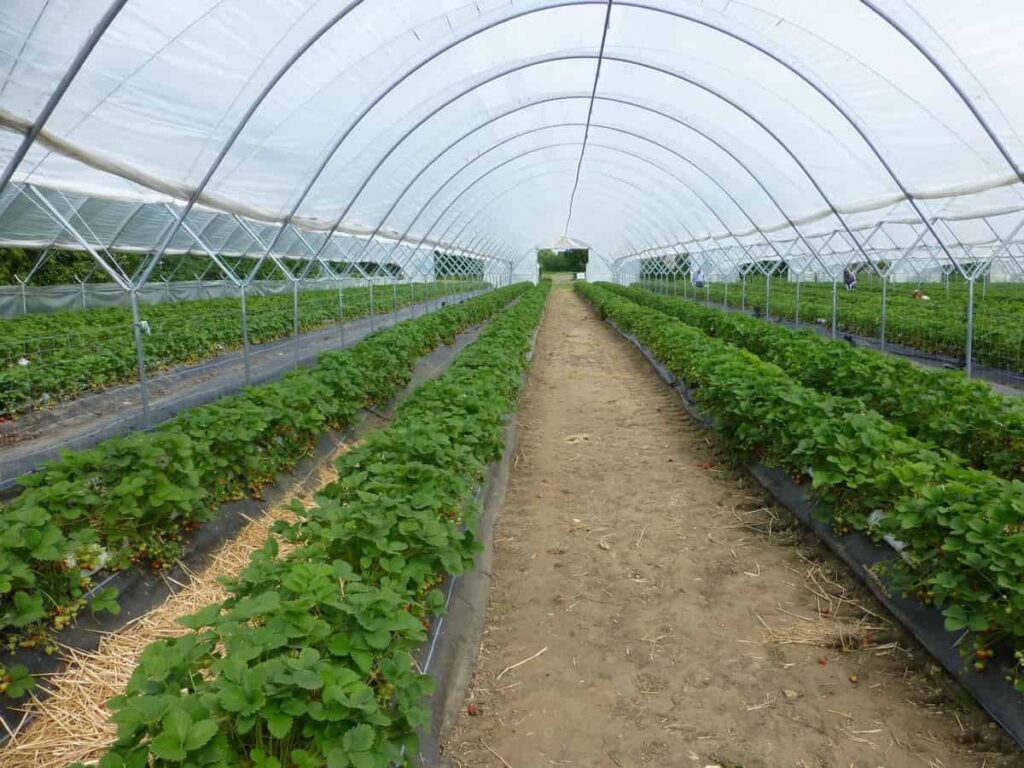Introduction: Nestled in the heart of Asia, China boasts a rich history of agricultural ingenuity. Among its many remarkable agricultural practices, China’s terrace farming system stands out as an enduring legacy of sustainable land management. This article delves into the fascinating world of China’s terrace farming, exploring its historical origins, engineering brilliance, and its continued relevance in modern times.
Historical Roots of China’s Terrace Farming
1 Centuries of Cultivation: China’s terrace farming dates back over 2,000 years, with the earliest terraced fields found in regions like Yunnan and Guangxi. The ancient Chinese civilizations, recognizing the potential of transforming hilly terrains into arable land, developed terrace farming to overcome geographical challenges.
2 Rice Terraces: Among the most famous examples of China’s terrace farming are the breathtaking rice terraces found in places like Longji and Yuanyang. These impressive terraced landscapes reflect the Chinese people’s deep understanding of their environment and the importance of sustainable land use.
Ingenious Engineering
1 Terraced Design: China’s terrace farming involves the creation of stepped platforms along the contours of hills and mountains. Stone retaining walls are meticulously constructed to support each level, preventing soil erosion and retaining water for irrigation.
2 Water Management: A hallmark of China’s terrace farming lies in its intricate water management systems. Gravity-fed irrigation channels, known as “jing,” efficiently distribute water from higher to lower terraces, ensuring that each level receives adequate water supply for optimal crop growth.
Sustainable Land Management:
1 Soil Conservation: China’s terrace farming exemplifies a profound understanding of soil conservation. By slowing down water runoff and minimizing soil erosion, the terraces preserve fertile topsoil, vital for sustaining high agricultural productivity.
2 Biodiversity: Terrace farming in China promotes the cultivation of a diverse range of crops, such as rice, wheat, tea, and medicinal herbs. The varying microclimates created by different terrace levels support the growth of various crops, enhancing food security and preserving biodiversity.
Cultural and Social Significance
1 Cultural Heritage: China’s terrace farming landscapes are not just agricultural marvels; they also hold immense cultural value. These terraced fields have become symbols of traditional farming wisdom, reflecting the symbiotic relationship between humans and nature.
2 Community Cohesion: Terrace farming in China often involves collective efforts, with entire communities participating in the construction and maintenance of the terraces. This communal approach fosters a strong sense of unity and cooperation among farmers.
Modern Relevance
Sustainable Practices: As the world faces environmental challenges, China’s terrace farming remains a beacon of sustainable land management. Its methods of soil conservation, water management, and crop diversity inspire modern agricultural practices focused on sustainability.
5.2 Tourism and Preservation: Many of China’s terrace farming regions have become popular tourist destinations, attracting visitors with their scenic beauty and cultural significance. This growing interest in preserving these landscapes has spurred conservation efforts to protect and sustain traditional farming practices.
Conclusion
China’s terrace farming is an exceptional testament to the harmonious relationship between humans and nature. With its ingenious engineering, sustainable land management, and cultural significance, this ancient agricultural legacy continues to inspire admiration and respect. As we celebrate China’s terrace farming, it becomes essential to preserve and learn from its sustainable practices, cultivating a deeper understanding of the profound connection between agriculture and the environment.


